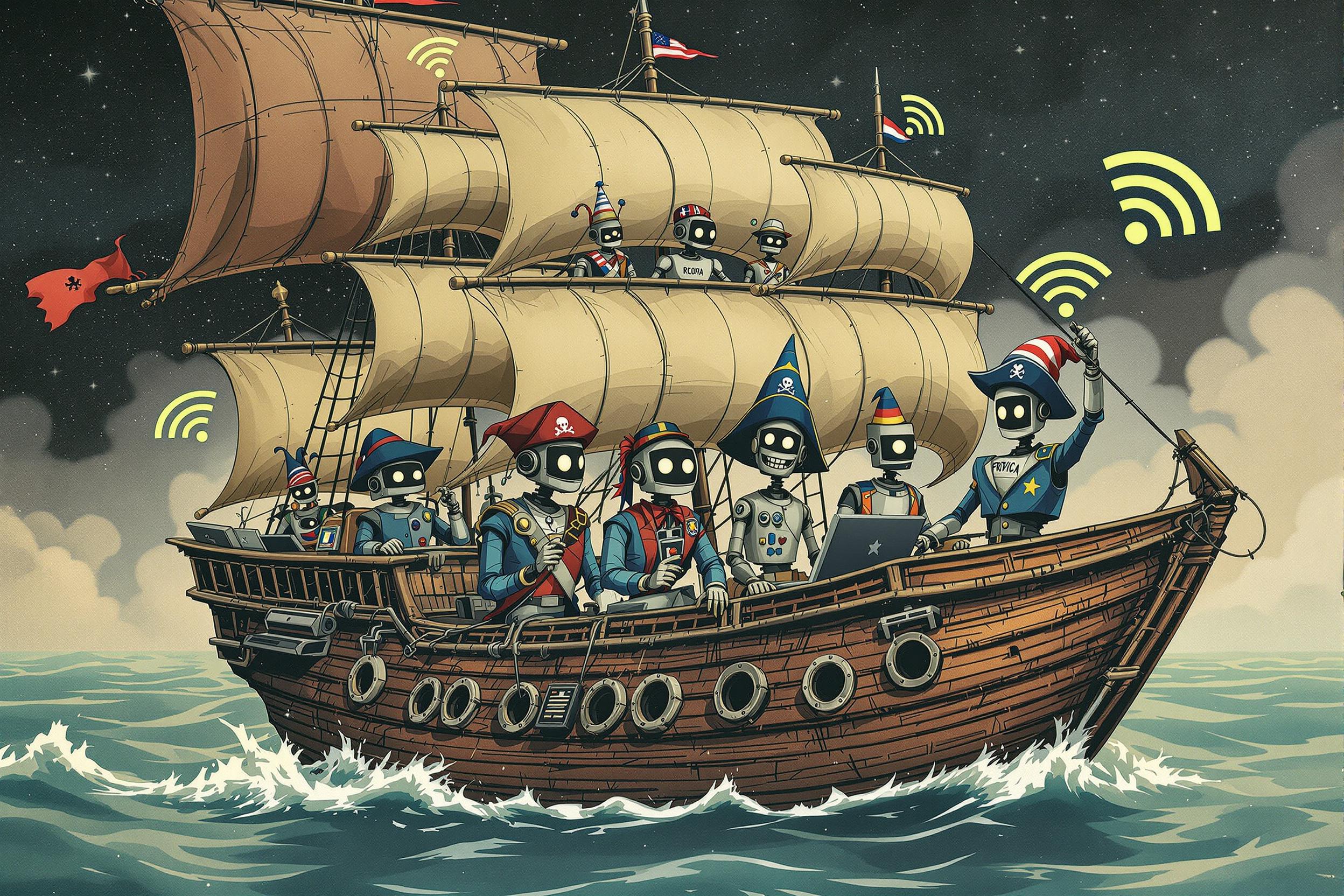
RGB
RGB (Red, Green, Blue) is the standard way of creating colors for digital screens and online content. It's like a digital color mixing system that designers use to make sure colors look right on computers, phones, and other screens. When you see this term in a resume, it shows that the candidate understands how to work with digital colors, which is essential for any design work that will appear on screens. This is different from CMYK, which is used for printed materials. Understanding RGB is as basic and important for digital designers as knowing how to use a paintbrush is for traditional artists.
Examples in Resumes
Created brand guidelines ensuring consistent RGB values across all digital platforms
Optimized website images using correct RGB color profiles for web display
Developed digital marketing materials using RGB color standards for social media campaigns
Typical job title: "Digital Designers"
Also try searching for:
Where to Find Digital Designers
Online Communities
Professional Networks
Learning Resources
Example Interview Questions
Senior Level Questions
Q: How do you ensure color consistency across different devices and platforms?
Expected Answer: A senior designer should explain how they manage color profiles, work with stakeholders to maintain brand consistency, and understand how different screens might display colors differently.
Q: How do you handle the transition between RGB and CMYK in cross-media projects?
Expected Answer: They should describe their process for maintaining color accuracy when projects need both digital (RGB) and print (CMYK) versions, including how they communicate with clients about potential color differences.
Mid Level Questions
Q: What considerations do you take when choosing RGB colors for web accessibility?
Expected Answer: Should discuss how they ensure color contrast meets accessibility standards and how they test their color choices for readability on different backgrounds.
Q: How do you organize and maintain RGB color palettes for different clients?
Expected Answer: Should explain their system for documenting color codes, creating brand guidelines, and maintaining consistency across multiple projects.
Junior Level Questions
Q: Can you explain what RGB means and when it's used?
Expected Answer: Should be able to explain that RGB is for digital displays, understand basic color mixing in RGB, and know when to use RGB versus other color systems.
Q: How do you save files with the correct RGB color profile for web use?
Expected Answer: Should demonstrate knowledge of basic file preparation for digital use, including choosing the right color profile in design software.
Experience Level Indicators
Junior (0-2 years)
- Basic understanding of RGB color system
- Creating simple digital graphics
- Using standard RGB color profiles
- Basic color theory knowledge
Mid (2-5 years)
- Managing color consistency across platforms
- Creating comprehensive brand color guidelines
- Understanding color accessibility requirements
- Working with multiple color spaces
Senior (5+ years)
- Advanced color management across media
- Team color workflow management
- Color strategy development
- Training others in color best practices
Red Flags to Watch For
- Unable to explain basic color theory
- No knowledge of color accessibility standards
- Confusion between RGB and CMYK usage
- No experience with digital color management
- Lack of understanding about screen color display
Related Terms
Need more hiring wisdom? Check these out...

Cracking the Code: Real Strategies to Diversify Tech Hiring

ATS Benefits For Recruiters: A 2025 Guide to Smarter Hiring

Neurodiversity in Hiring: Unlocking Hidden Talent Pools for the Future

